HomeTriangle Tips: Cleaning Tips For Anyone With Allergies
Regularly cleaning your home once every week is an important part of an allergy management plan. Read HomeTriangle’s carefully curated cleaning tips for someone with allergies.

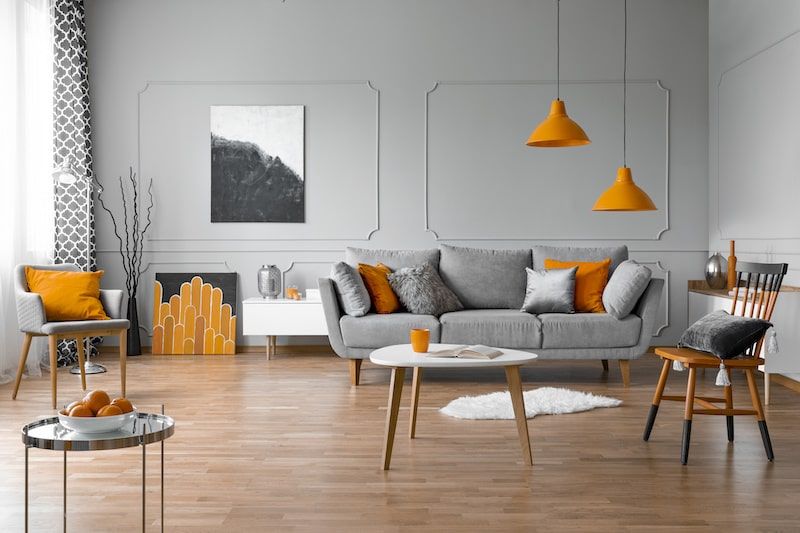
Allergens are usually categorized as harmless substances capable of triggering a response in the immune system that results in an allergic reaction. If either you or someone else in your home suffers from allergies or asthma, there are a few ways you can reduce the misery by learning how to clean/sterilise/sanitise correctly to remove allergens.
Regularly cleaning your home once every week is an important part of an allergy management plan. Read HomeTriangle’s carefully curated cleaning tips for someone with allergies.
Cleaning Tools That Reduce Allergens
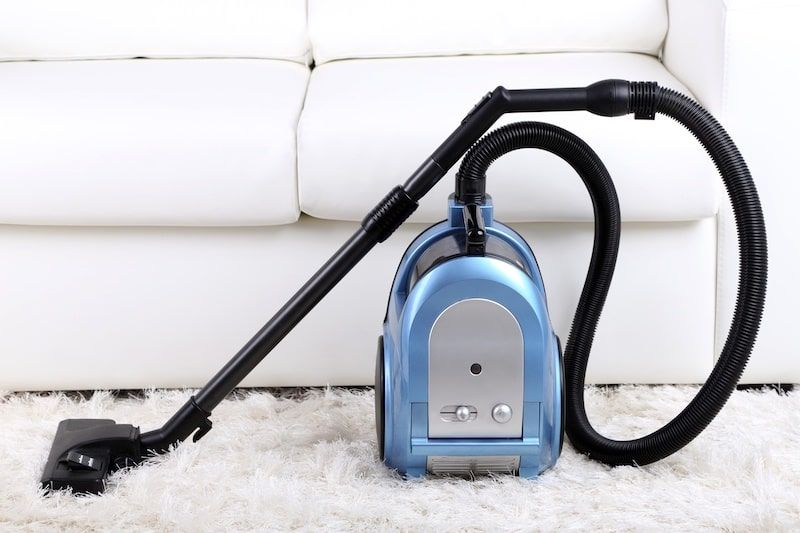
We suggest using a fine particle HEPA filter vacuum to trap as many particles as possible. If you don’t have one, you can use a double bag instead to ensure you trap a lot of particles. Remember to regularly clean and wash out the collection cup on bagless vacuums.
Fabric Allergen Sanitizer Vacuum uses ultraviolet light to kill bacteria and dust mites. These also come with a dual filtration system that eliminates 99.9% of allergens from fabric surfaces
Microfiber cloths do a better job of attracting dust better than cotton or paper towels. Dampening mops and other cleaning cloths ensure they attract the most dust.
Synthetic dusting wipes and wands attract dust and create static cling that will hold the dust until it can be disposed of in the trash.
Our experts also suggest using detergents and other stain-removal products that are dye-free and unscented.
Cleaning Products That Reduce Allergens
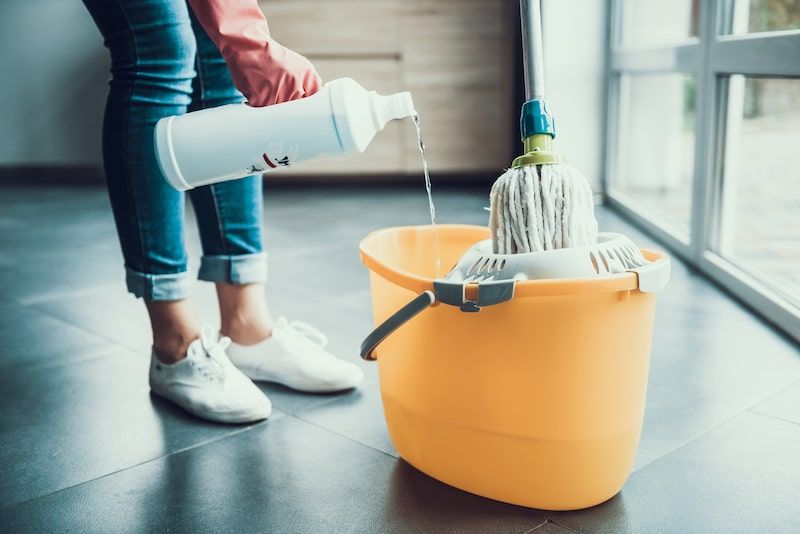
The hard truth is that some cleaning products can actually be irritants and cause the same symptoms as an allergen. Our experts suggest that you limit your exposure to products that especially include:
- Ammonia
- D-limonene
- Formaldehyde
- Sodium hypochlorite
- Sodium lauryl sulfate
Using natural products such as distilled white vinegar, baking soda, and lemon juice is also highly encouraged.
1. Reduce Allergens In The Entire House

Dust mites and mould spores thrive in heat and humidity. It is recommended that you maintain a temperature between 68˚F and 72˚F and a humidity level of no more than 50 per cent to ensure that their growth is reduced substantially. We also recommend that you use small-particle filters in heating and cooling systems. Cleaning or changing the filters regularly can also control the number of allergens in the house.
2. Reduce Allergens In The Bedrooms
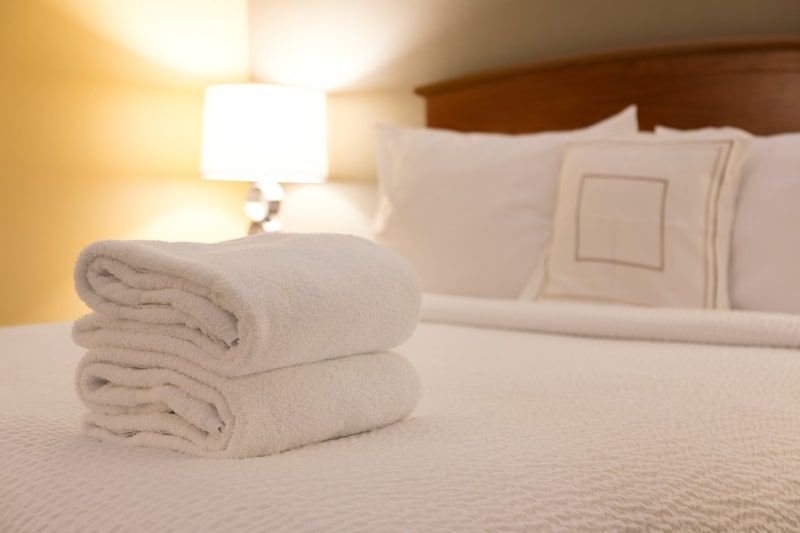
You should clean your bedroom thoroughly once every week. Sheets, pillowcases, and blankets should be washed at least twice a week in hot water if there’s anyone who’s allergic to dust mites. Start at the top and work your way down when you clean your bedroom. Dust ceiling fans and light fixtures and wash curtains. And finally, vacuum the floor including the spaces under the bed and furniture.
3. Reduce Allergens In The Bathroom
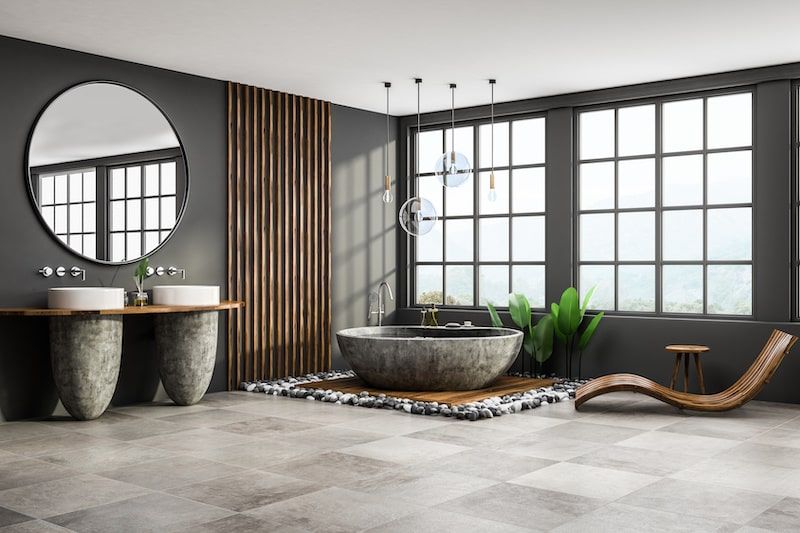
Mould and mildew are the most dangerous allergens in bathrooms. Chlorine bleach, hydrogen peroxide, or commercial mildew cleaners are excellent at stopping the growth of mildew. Wear rubber gloves and scrub the affected areas with a solution of three parts water to one part bleach to remove mildew build-up. An exhaust fan is also recommended to reduce the growth of mildew. Also, keep in mind to check the tub, showerhead, sink, and toilet fixtures for leaks and repair immediately.
4. Reduce Allergens In The Living Rooms
Just like the bedroom, we recommend you start cleaning at the top of the living room to capture the most allergens. Start with ceiling fans and light fixtures. Dust blinds and wash drapes using hand tools. Clean the window sills and mantles or any horizontal surface. Wipe down wooden furniture to remove dust and vacuum upholstery. We also recommend you clean the living areas at least once a week. You can also use citrus peels or spices like cinnamon and nutmeg to freshman the air instead of chemical air fresheners.
5. Reduce Allergens In The Kitchens

The kitchens are one of the worst affected areas of mould growth. A vented exhaust fan can reduce moisture and that will help prevent mould and mildew growth. The sink, refrigerator, and freezer should be checked regularly for leaks and repaired promptly. Clean the refrigerator once every week and discard any out-of-date or mouldy food. Wipe down door seals, clean drip pans, and mop up spills and excess moisture. Clean the countertops and sink daily. At least four times per year, empty and clean cabinets and drawers to remove crumbs.
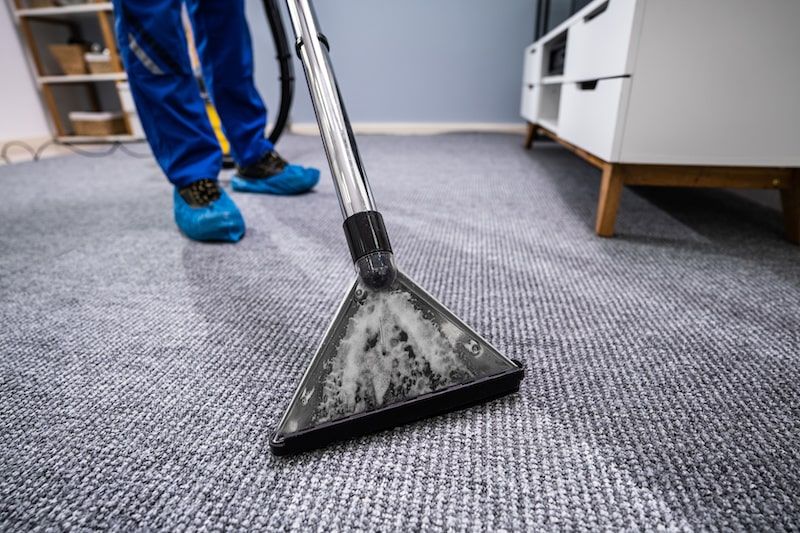
In our busy schedule, we find that cleaning our homes every week may not be a viable option. HomeTriangle has a huge range of professionals offering the best house cleaning services all around the country. Call 76 76 000 100 to book an appointment today.


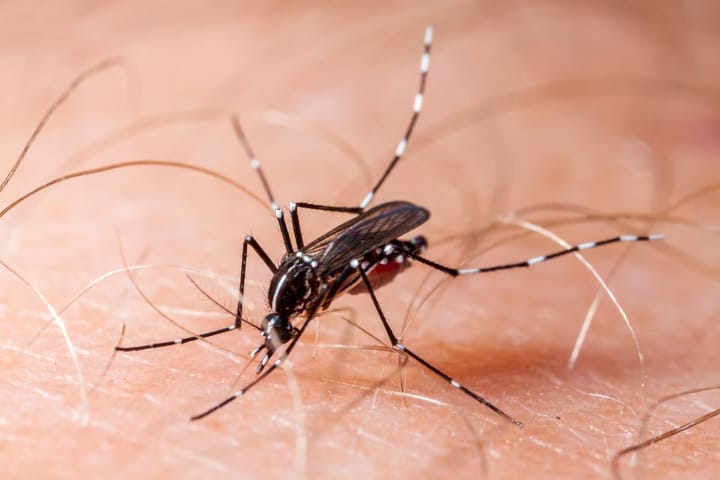

Comments ()